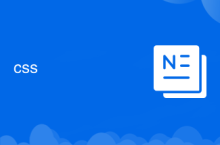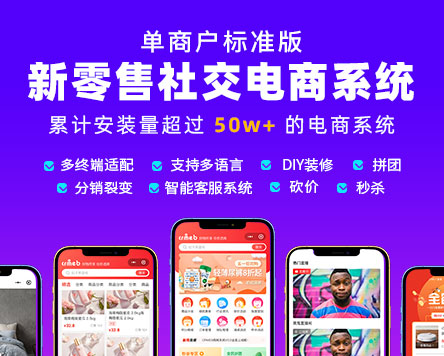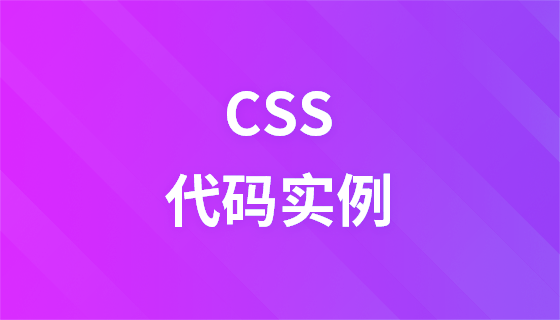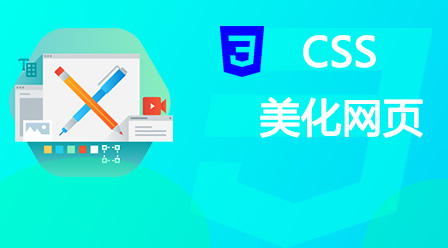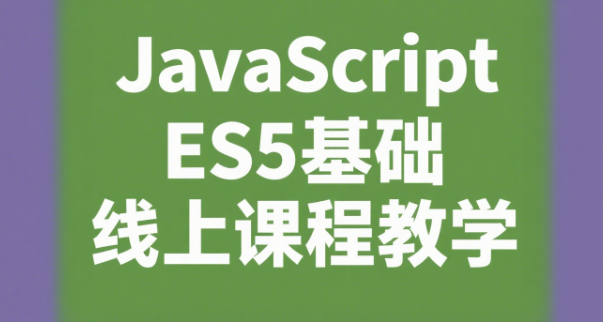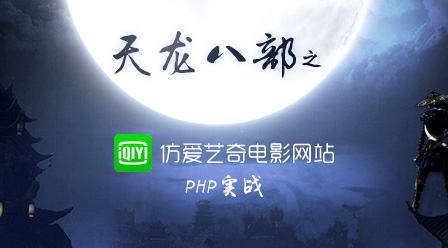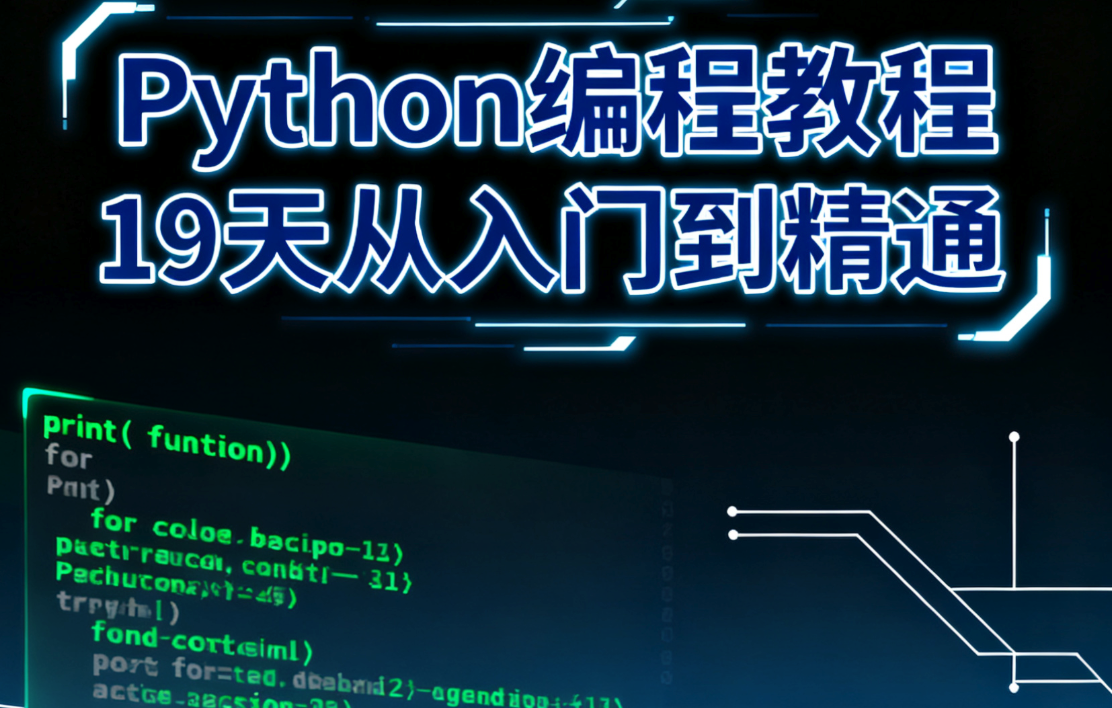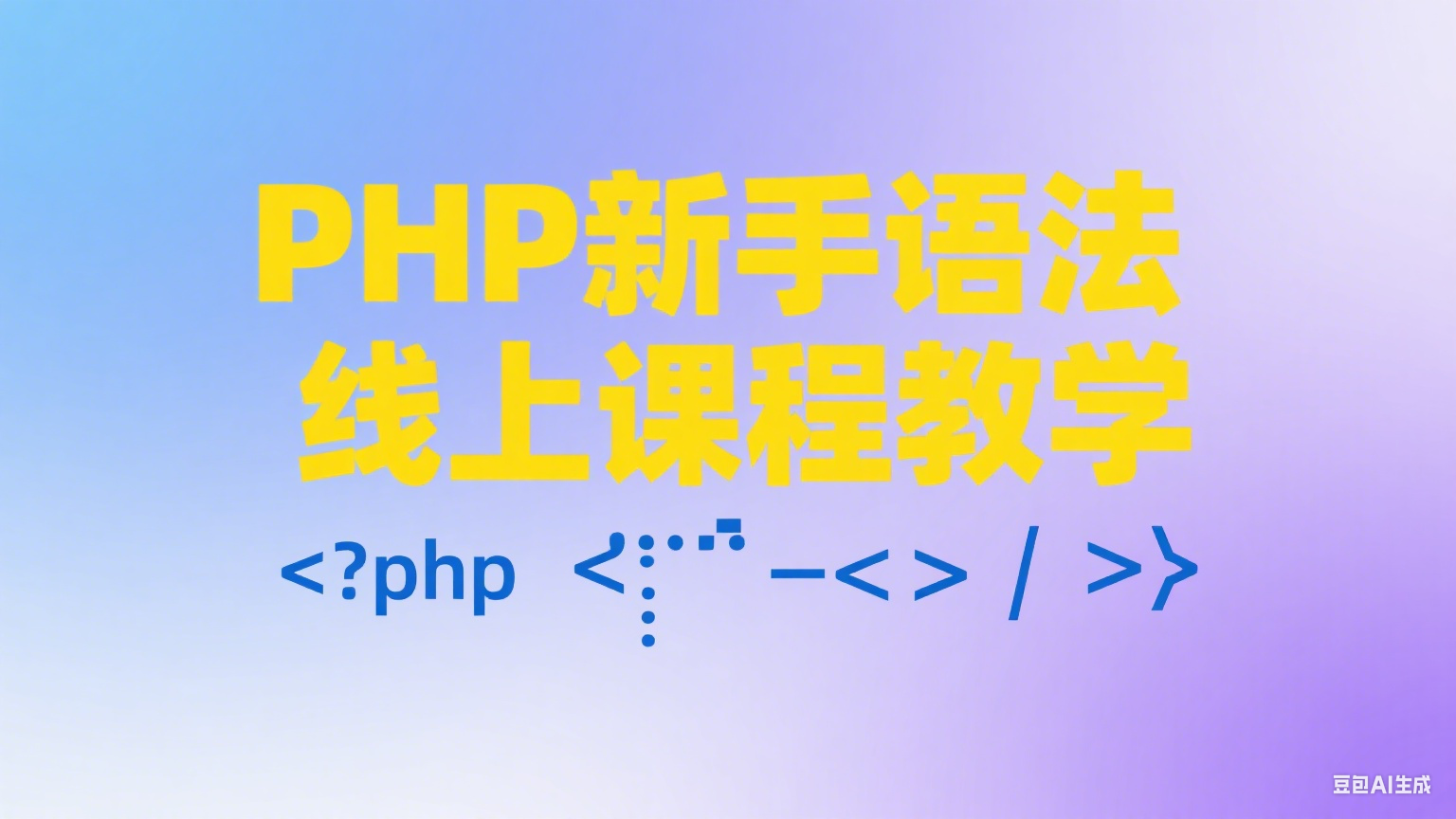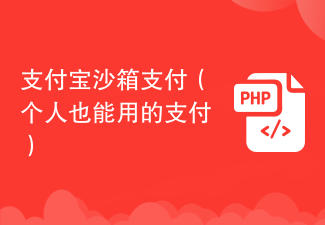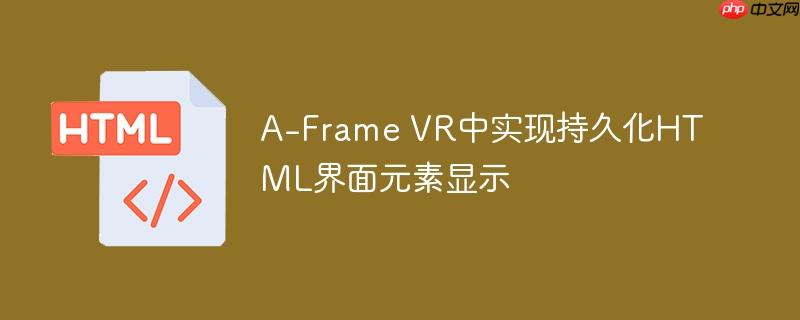
A-Frame VR中HTML界面元素面临的挑战
当a-frame场景进入沉浸式vr模式(如通过vr头显)时,默认情况下,浏览器dom中的2d html元素(如按钮、文本框等)通常会被隐藏或脱离用户视野。这是因为vr模式下,浏览器渲染的是一个完全独立的3d环境,而传统的html元素是浏览器2d渲染上下文的一部分。这种行为使得开发者难以在vr场景中构建持久化、可交互的ui元素,例如退出按钮、菜单或信息面板,极大地限制了vr应用的交互性。
解决方案:aframe-htmlembed-component
为了克服这一挑战,我们可以利用第三方A-Frame组件——aframe-htmlembed-component。这个组件的核心功能是将任意HTML和CSS内容渲染成一个纹理,并将其应用到一个A-Frame的3D平面实体上。这样,原本的2D HTML内容就变成了3D场景中的一部分,从而在VR模式下也能正常显示并响应用户交互。
aframe-htmlembed-component的优势在于:
- 完整HTML/CSS支持:几乎所有标准的HTML标签和CSS样式都可以在嵌入的元素中使用。
- 交互性:嵌入的HTML元素(如按钮、输入框)能够响应鼠标点击、触摸等事件。
- 3D定位:可以像其他A-Frame实体一样,在3D空间中自由定位、旋转和缩放这些HTML元素。
实现步骤与示例
要将HTML元素嵌入到A-Frame VR场景中,请遵循以下步骤:
1. 引入必要脚本
首先,在HTML文件的<head>部分引入A-Frame库、aframe-look-at-component(用于使元素始终面向摄像机,对于UI非常有用)和aframe-htmlembed-component。
立即学习“前端免费学习笔记(深入)”;
<head>
<script src="https://aframe.io/releases/1.3.0/aframe.min.js"></script>
<!-- 用于使实体始终面向摄像机,适用于UI元素 -->
<script src="https://unpkg.com/aframe-look-at-component@1.0.0/dist/aframe-look-at-component.min.js"></script>
<!-- HTML嵌入组件 -->
<script src="https://supereggbert.github.io/aframe-htmlembed-component/dist/build.js"></script>
</head>2. 嵌入HTML元素
在A-Frame场景的<body>中,创建一个<a-entity>,并为其添加htmlembed组件。然后,将你想要嵌入的HTML内容直接放置在这个<a-entity>内部。
<a-entity position="0 1.6 -1" htmlembed look-at="[camera]">
<button id="exitButton" onclick="console.log('退出按钮被点击'); alert('您点击了退出!');">退出VR</button>
<style>
/* 你可以在这里添加CSS样式,美化你的HTML元素 */
#exitButton {
padding: 10px 20px;
background-color: #f44336;
color: white;
border: none;
border-radius: 5px;
font-size: 16px;
cursor: pointer;
box-shadow: 0 4px 8px rgba(0, 0, 0, 0.2);
transition: background-color 0.3s ease;
}
#exitButton:hover {
background-color: #d32f2f;
}
</style>
</a-entity>在上面的示例中,我们嵌入了一个带有CSS样式的按钮。这个按钮的onclick事件会像普通HTML按钮一样触发。
3. 定位与面向摄像机
为了确保嵌入的HTML元素在VR场景中显示在合适的位置,并始终面向用户,我们可以使用position属性进行3D定位,并结合look-at="[camera]"组件。
- position="0 1.6 -1":将按钮放置在场景中的X=0, Y=1.6, Z=-1位置。
- look-at="[camera]":这个属性确保该实体(以及其内部的HTML内容)总是面向用户的摄像机,无论用户如何移动,按钮都会保持可见且正对用户,这对于UI元素至关重要。
4. 完整示例代码
以下是一个完整的A-Frame场景,展示了如何使用aframe-htmlembed-component来嵌入一个“退出VR”按钮,并使其始终面向摄像机。
<!DOCTYPE html>
<html>
<head>
<meta charset="utf-8">
<title>A-Frame VR中嵌入HTML元素</title>
<script src="https://aframe.io/releases/1.3.0/aframe.min.js"></script>
<script src="https://unpkg.com/aframe-look-at-component@1.0.0/dist/aframe-look-at-component.min.js"></script>
<script src="https://supereggbert.github.io/aframe-htmlembed-component/dist/build.js"></script>
<style>
/* 全局样式或特定于嵌入HTML的样式 */
body { margin: 0; overflow: hidden; }
.vr-ui-button {
padding: 12px 25px;
background-color: #007bff;
color: white;
border: none;
border-radius: 8px;
font-size: 18px;
font-family: 'Segoe UI', Tahoma, Geneva, Verdana, sans-serif;
cursor: pointer;
box-shadow: 0 6px 12px rgba(0, 0, 0, 0.3);
transition: background-color 0.3s ease, transform 0.1s ease;
}
.vr-ui-button:hover {
background-color: #0056b3;
transform: scale(1.05);
}
.vr-ui-button:active {
transform: scale(0.98);
}
</style>
</head>
<body>
<a-scene>
<!-- 示例场景元素 -->
<a-box position="-1 0.5 -3" rotation="0 45 0" color="#4CC3D9"></a-box>
<a-sphere position="0 1.25 -5" radius="1.25" color="#EF2D5E"></a-sphere>
<a-cylinder position="1 0.75 -3" radius="0.5" height="1.5" color="#FFC65D"></a-cylinder>
<a-plane position="0 0 -4" rotation="-90 0 0" width="4" height="4" color="#7BC8A4"></a-plane>
<a-sky color="#ECECEC"></a-sky>
<!-- 嵌入的HTML UI元素 -->
<a-entity position="0 1.6 -1.5" htmlembed look-at="[camera]">
<button class="vr-ui-button" onclick="console.log('退出VR按钮被点击!'); alert('您已尝试退出VR模式。');">退出VR</button>
<!-- 可以在这里添加更多HTML元素,如文本、链接等 -->
</a-entity>
<!-- 摄像机设置 -->
<a-entity position="0 0 0" wasd-controls>
<a-entity camera position="0 2 0" look-controls cursor="rayOrigin: mouse"></a-entity>
</a-entity>
</a-scene>
</body>
</html>注意事项与最佳实践
- 交互性:嵌入的HTML元素会响应鼠标事件(在桌面浏览器中)和凝视/射线投射事件(在VR模式下,如果配置了A-Frame的cursor组件)。确保你的VR交互系统能够正确地与这些元素进行交互。
- 性能考量:将复杂的HTML结构和大量的CSS样式嵌入到3D场景中可能会对性能产生影响,尤其是在移动VR设备上。尽量保持嵌入内容的简洁,并优化CSS以减少渲染负担。
- 样式与布局:虽然支持完整的CSS,但请记住HTML内容最终会被渲染成一个2D纹理贴在3D平面上。复杂的响应式布局或依赖于浏览器视口尺寸的样式可能需要额外调整以适应3D环境。使用position、scale等A-Frame属性来调整整个HTML元素的3D位置和大小。
- 替代方案:对于非常简单的UI元素(如纯文本标签、几何形状按钮),A-Frame社区也提供了其他UI组件库(如aframe-material-collection、aframe-layout-component),它们直接在3D中构建UI,可能在某些情况下提供更好的性能和更原生的VR体验。然而,对于需要丰富HTML/CSS特性的场景,aframe-htmlembed-component是最佳选择。
- 组件参考:aframe-htmlembed-component的详细文档和更多高级用法可以在其GitHub仓库中找到:https://www.php.cn/link/45a9c220aa008c10a0e581f44c0627e9
总结
aframe-htmlembed-component为A-Frame开发者提供了一个强大的工具,解决了在VR模式下HTML界面元素消失的问题。通过将传统的HTML和CSS内容无缝集成到3D场景中,开发者可以创建功能丰富、交互性强的VR用户界面,极大地提升了A-Frame应用的灵活性和用户体验。掌握这一技术,将使你的A-Frame VR项目能够轻松实现更复杂的UI需求。
以上就是A-Frame VR中实现持久化HTML界面元素显示的详细内容,更多请关注php中文网其它相关文章!

HTML怎么学习?HTML怎么入门?HTML在哪学?HTML怎么学才快?不用担心,这里为大家提供了HTML速学教程(入门课程),有需要的小伙伴保存下载就能学习啦!






